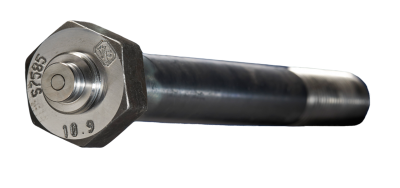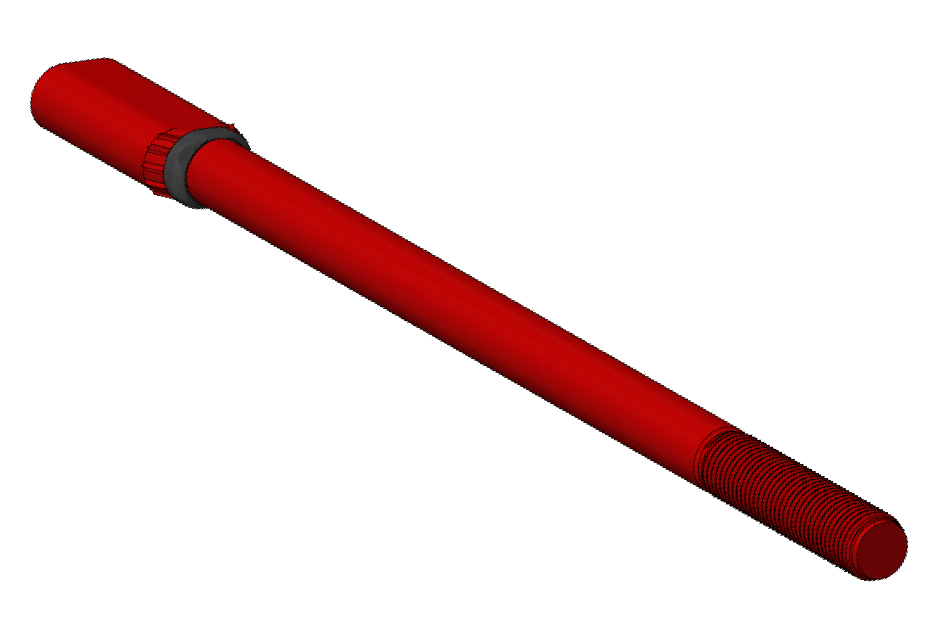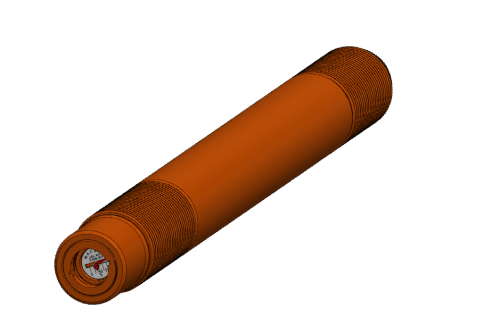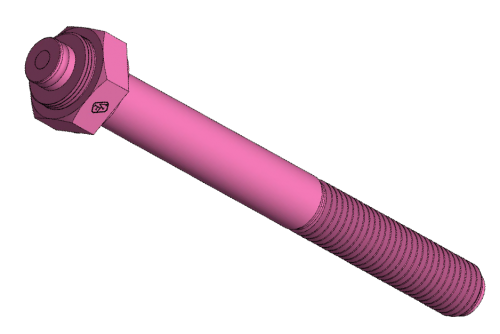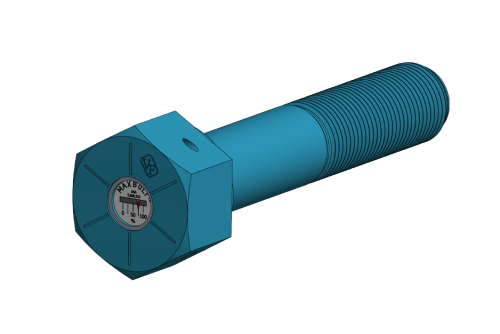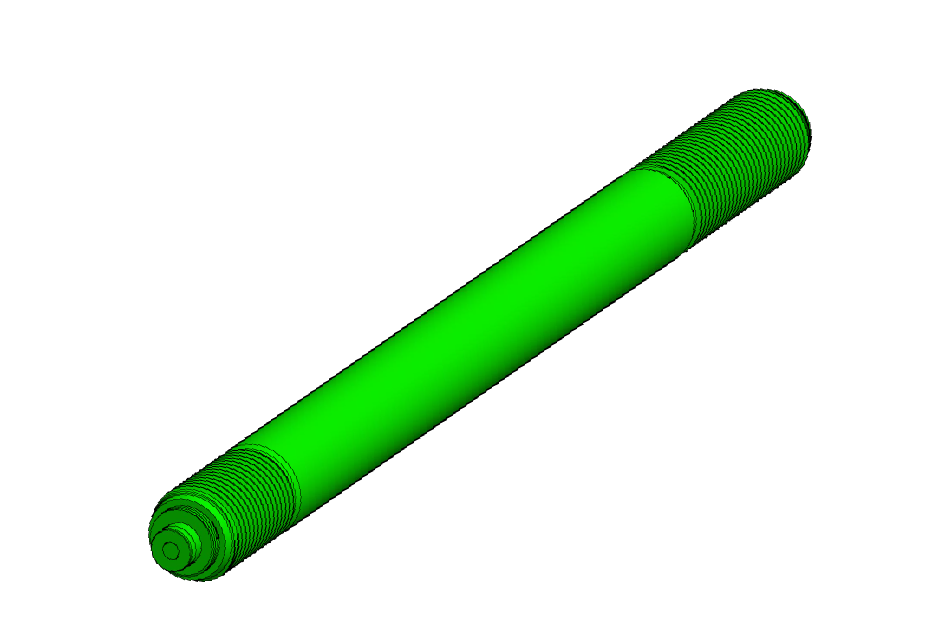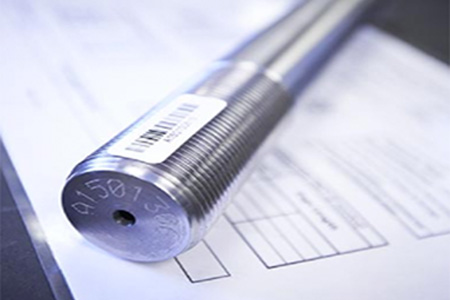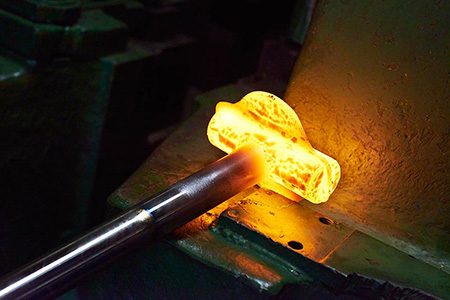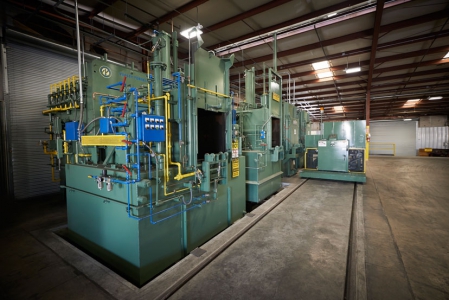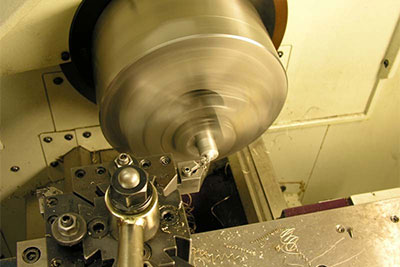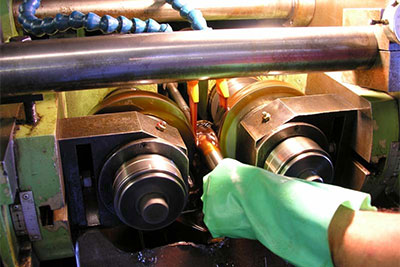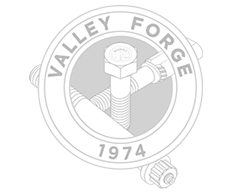VFB Interview With Carlos Recart of Protorq – Chile
VFB: Tell us what Protorq does.
CARLOS: We have been dealing with bolted connection of all kinds since 1995, working with a wide variety of providers that offer different technologies. Thanks to that fact, and our experience today, we could conclude that what really matters on any critical bolted joint is bolts tension rather than torque. Thereby today we are able to support any kind of critical bolted joint in mining, power generation, petrochemicals and refineries, and whatever industry, just because we know that we must put all focus and attention in to the bolt tension.
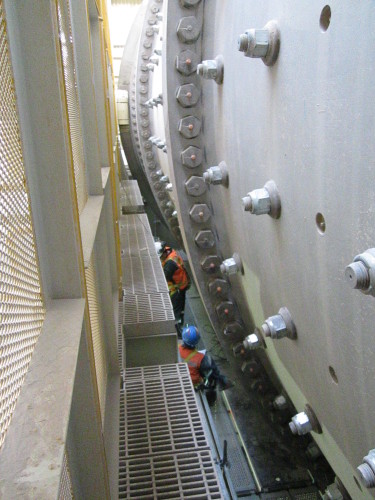 VFB: How long have you been in the critical bolted joint business?
VFB: How long have you been in the critical bolted joint business?
CARLOS: Since 1995, so 20 years.
VFB: What are some of the interesting or unique things that you’ve gotten to see and do in your career?
CARLOS: Through the years we have seen and experienced many unique things, but I could say that all of them had something in common, that was to solve critical bolted joint problem. Let me tell a good one.
There was a mining company that contacted us because they were having cut bolts on a ball mill. In few words they stopped the mill every month to change 10 cut bolts, always at the same position. Besides the maintenance issue, stopping production every month means monetary costs. We end up showing the customer that they were just torqueing the bolts, and not considering any variables which affect the torque process. They were mostly not achieving the needed clamping load, which lead the bolts to getting cut because of fatigue. To solve the problem, and at the same time let them see what was wrong with their tightening procedure, we let them perform their torque procedure on SPC4 bolts. This showed them that the tension achieved on each bolt, just by relying on torque, wasn’t even close to the half of the needed clamping load. Then we finished the process by taking the SPC4 bolts to the right tension. This joint never failed again.
VFB: How did [you and] Protorq first get introduced to Valley Forge? How did the relationship start?
CARLOS: Well, it’s kind of a funny story.
In 2000, I was at the Expomin Mining Show in Santiago, Chile. Bret (Bret Halley, VFB’s CEO) was there to speak with a couple other representatives in liner bolts, etc. Long story short, I was asked to translate for Bret, and as he spoke to these representatives he didn’t seem to like them. While I was translating, I started to learn what they were doing and thought it was very interesting. I figured out that I should work with Valley Forge. And that’s how we came to start working together and began a long standing relationship with Valley Forge.
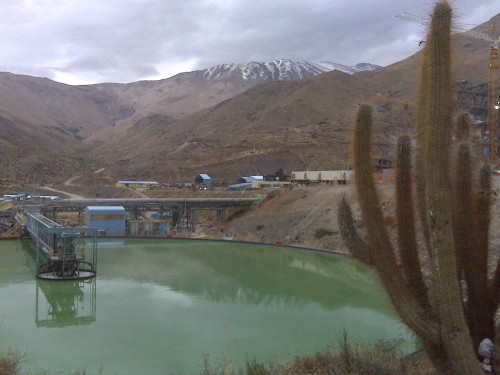 VFB: How have Valley Forge’s products been beneficial to you and Protorq’s work?
VFB: How have Valley Forge’s products been beneficial to you and Protorq’s work?
CARLOS: First of all, let me thank Ron and Bret for all they have taught us about bolted joints through these 15 years working together.
The Valley Forge “SPC4 technology” has allowed us to open doors. Innovative new technology and good level of knowledge will always open any doors on any market.
The SPC4 technology is by far the easiest way to solve any critical bolted joint issue. To have the answer for any kind of bolted joint, on any kind of industry at your fingertips, that’s everything. What else we could ask for?
VFB: How are the load indicating fasteners changing the work that you do at Protorq?
CARLOS: If you look inside any segment of the industry, that are working with and understand critical bolted join behavior, there’s one thing in common for all of them: they are all focusing on the bolt tension. It’s easy to see how the technology used on critical fastener has changed the last 20 years, more and more people understand that to have a safe and reliable bolted connection, all the attention should be on the bolt tension. So to working with load indicating fasteners, for Protorq, is to be ahead in bolting technology. To be number one in the bolting industry. To be the reference when people care about bolts tension. To be able to help and solve customer bolting problems. To protect our customers assets.
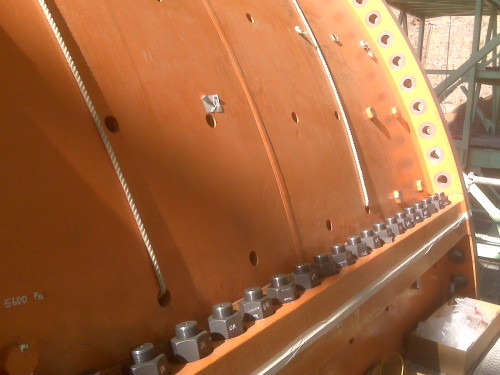 VFB: How is time saved with the use of load indicating fasteners as opposed to other methods?
VFB: How is time saved with the use of load indicating fasteners as opposed to other methods?
CARLOS: With SPC4 technology all you have to do is to easily plug the probe to the bolt, tighten it till you read the desired tension, and save pushing just one button. Let’s say that you make a mistake with load indicators, for us to go there and double check that everything is right or wrong is so easy, repeat the mentioned process.
With UT, first you need to up load all the fastener specifications to the unit, then add all the factors like temperature and stress. Then identify every bolt, bolt groups, separating them by length and position, then create the same groups in the unit. Then read and save every bolt length before installation, then on tightening process, before any reading, you have to measure temperature and keep doing it all through the process as temperature variation affects the readings. To make the story short with UT you will need qualified people and much more time. Not to mention that if for any reason you lose the original measurements, you have to do it all over again.
VFB: What is the highest altitude mine location that you’ve ever installed our bolts?
CARLOS: That would be 4,400 meters at Mina Collahuasi in Chile. And then Las Bambas in Peru at 4,600 meters.
VFB: What is the most beneficial way to install larger fasteners?
CARLOS: Let’s say from four inches and up, the best way to do it is using tensioners, as you are turning the nut free of tension avoiding friction, because all the tension is on the tensioner. For smallest sizes on critical joint SPC4 is our choice.
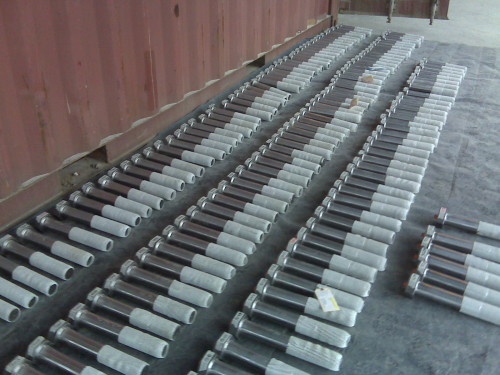 VFB: What are the most common misconceptions with torque versus load in a bolted joint?
VFB: What are the most common misconceptions with torque versus load in a bolted joint?
CARLOS: Just what you said [laughter]!
The easy way to understand why most of people have this misconceptions is this: In all industries you will find two kinds of connections; welded connections and bolted connections. If you want to apply for any outage or new project, you must follow the requirement specified on the basis. But it’s kind of funny that if you read the basis, it’s a must that all the welders have to be qualified and certified (have to be traceable) on each particular welding process. On the other side, the people that will work on bolted joint are not even mentioned on the basis. That’s way people understand very little about bolted joints, nobody really cares. Everybody says bolts are so easy “right is to tight and left is to loose”, “a correct torque wrench it’s enough”… But when they start to learn, then they are able to see that there’s a whole world of difference between torque and tension. I could say that after 20 years, we are still learning.

